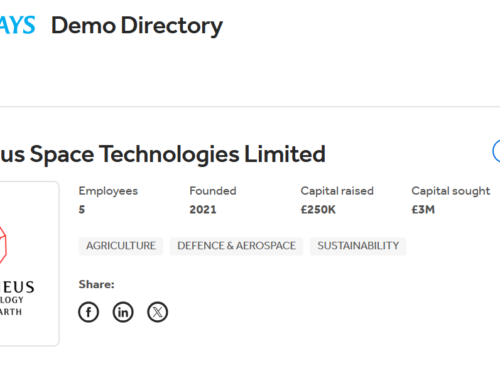Historical Earthquakes: Why Exploitation of Historical Data is Important for Hazard Mitigation.
By Dr. Aggeliki Barberopoulou.
Earthquake hazard assessments help understand potential risks and impacts to inform decisions on reducing damage or loss of life. This includes analyzing historical data, such as written records, geological evidence, and instrumental records. This allows for a more complete understanding of future earthquake impacts and improves building codes to reduce damages. Two main forms of historical earthquake data are records from seismometers and non-instrumental observations of damage.

Example of the historical primary source of information collected during the summer of 2022. This is an article by a newspaper referring to an earthquake in 1926 in Southern Greece (Peloponnese region).
Instrumental records commonly are used to provide a variety of details about the earthquake event, including but not limited to, the depth of the earthquake, the fault which caused it, magnitude, ground shaking details, travel time curves for seismic waves, and duration and amplification of ground motions by local site conditions. Other observations are also important and can help complement existing records, Intensity maps or help in the calibration of models.
The earthquake record of most regions is incomplete. To improve our knowledge of seismic hazards of a region or country of interest, we need to expand our analyses beyond modern equipment usage only. Modern seismographs are digital and cover mostly a time window of observations of 50-60 years. Pre-digital instrumental data comes from old seismometers that were in operation primarily during the first half of the 20th century. Old earthquake records are analog and also cover a limited time window. Paper seismograms also require intensive efforts to disseminate through scanning and ensure no damaging them in the process. Methods and processes must be developed to incorporate these types of data to improve the historical record. Obtaining older ground motion records on print from analog seismometers and related documentation depends largely on the region (availability, access, and quality).
Newly available data offers new opportunities for studying historical earthquakes in Greece that have not been adequately analyzed. As such, several criteria were applied to data in European databases to sort through their content and identify earthquakes for further analysis. In collaboration with one undergraduate student, and colleagues from the National Observatory of Athens and the University of Athens, observations of earthquake impact were collected in Greece in the summer of 2022. Part of this work was presented at a conference organized by the Geological Society of Greece (you can find an extended abstract of this work in the book of abstracts at https://gsg2022.gr; pages 442-443).
This work has become even more important in the shadow of the twin earthquakes of Turkey (02/06/2023) which have -beyond many other things-revived the public’s interest in earthquake and preparedness:
- Could something similar happen here?
- Are we prepared for ~M7 earthquakes?
The above questions lead to another question. Have we had similar magnitude earthquakes in the past? One can answer this question by digging into the historical record.

Dr. Aggeliki Barberopoulou is the GIS expert advisor of Prometheus Space Technologies in Environmental Disaster Risk Management. She is full-time faculty at the Urban and Environmental Policy and Planning, School of Arts & Sciences at Tufts University. Dr. Barberopoulou has been working in earthquake and tsunami hazards for more than fifteen years and has represented California as an expert in the National Tsunami Hazard Mitigation Program and the Tsunami Steering Committee. She was also part of an expert panel in New Zealand that advises the Ministry of Civil Defense and Emergency Management (MCDEM) during a tsunami.
The Global Research Assistant Program of Global Tufts has provided funding that has supported a student to work with Dr. Barberopoulou.









